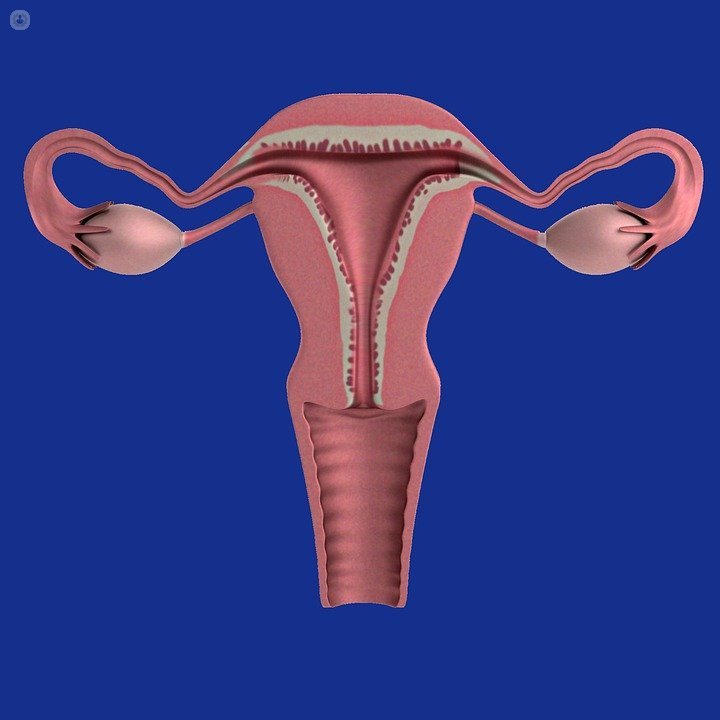Ovarian cancer, what is it and how is
Written by:Ovarian cancer is the most common second among gynecologic cancers, endometrial cancer behind. In ovarian cancer, the most common is epithelial, which originates from the epithelial cells lining the surface of the ovary.
 Specialists in Gynecology state that the most common symptoms of ovarian cancer include pelvic or abdominal pain, loss of appetite, urinary symptoms and bloating.
Specialists in Gynecology state that the most common symptoms of ovarian cancer include pelvic or abdominal pain, loss of appetite, urinary symptoms and bloating.
Currently there is no method that has shown efficacy in the diagnosis of ovarian cancer. Most cases are diagnosed at an early stage are due to gynecological examinations or when the patient is subjected to some type of abdominal surgery. In cases in which the ovarian cancer is diagnosed early, survival can be 90-95%.
Ovarian cancer: risk factors
The causes of ovarian cancer are unknown. However, there are some risk factors that cause some women have a higher risk of developing it.
A group of women who have an increased risk of ovarian cancer.
- Genetic mutations: A woman has a mutation in BRCA1, BRCA2, MLH1, MSH2 and MSH6 genes have twice the risk of developing ovarian cancer.
Factors that reduce ovarian cancer
On the other hand, there are factors that have been shown to reduce the risk of ovarian cancer:
- The use of oral contraceptives for a period of three years or more up to 50% reduces the risk
- Tubal ligation
- Hysterectomy
- Having one or more children before age 30
- Breastfeeding
Treatment of ovarian cancer
The main treatment for this cancer is surgery. Debulking surgery involves excision, commonly known as ablation, ovaries, uterus, tubes, appendix, pelvic and aortic lymph nodes. Also, all macroscopic disease that has in the abdomen. If the cancer has spread throughout the abdomen, resection is also performed in the spleen, small intestine and / or large, liver, pancreas and peritoneum and diaphragm. This type of surgery, if no residual tumor is not left, is associated with increased survival.
Chemotherapy is not able to penetrate large tumor masses. That is why so cytoreduction performed first, as it allows chemotherapy treatments more effective.
For this type of cancer, it is possible to administer chemotherapy intraperitoneally after debulking surgery. This involves placing a catheter into the abdomen, through which the treatment is injected.


